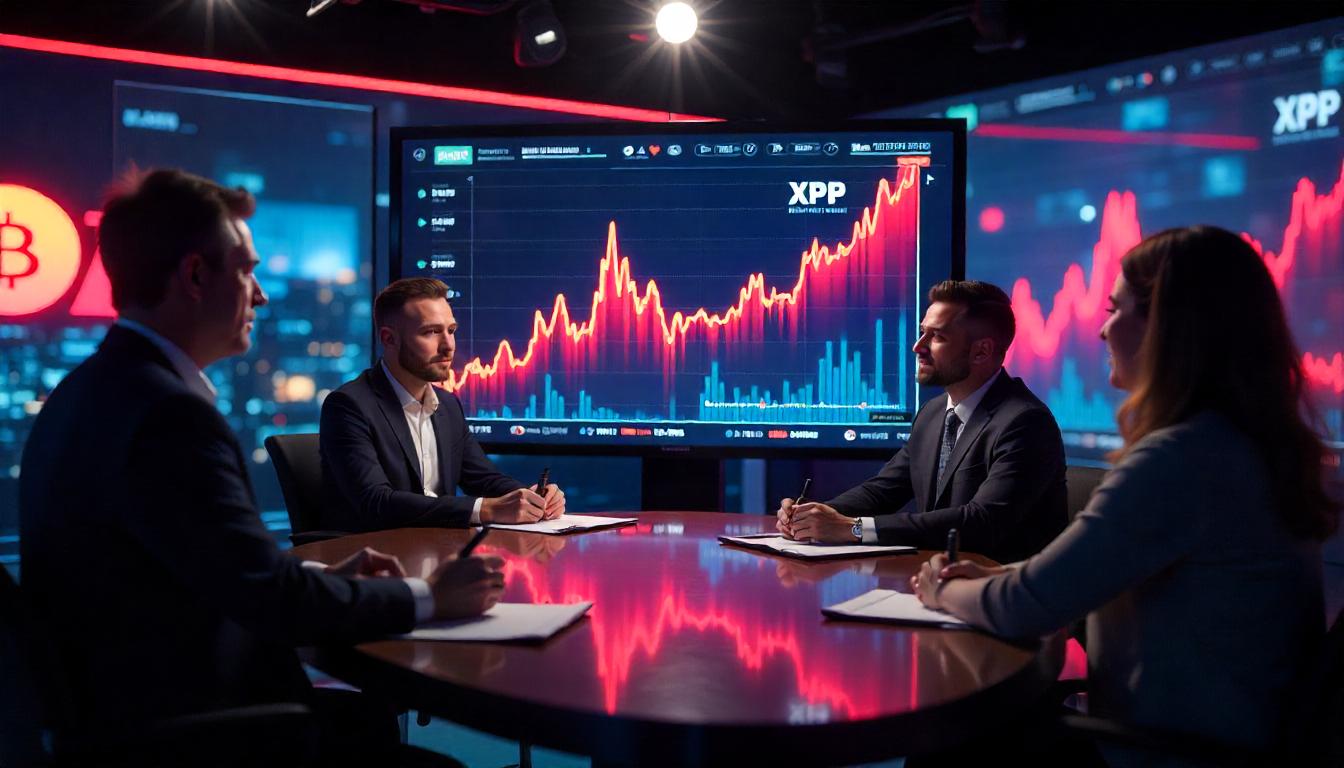Bitcoin Holds Above $87K as Traders Await Tariff Developments and Inflation Data
Bitcoin (BTC) maintained its position above $87,000 during Asian trading hours on Wednesday, with market participants carefully watching upcoming U.S. economic indicators and the potential fallout from new tariffs set to take effect on April 2. With uncertainty hanging over the market, most traders have adopted a cautious stance, keeping volatility in check.
While major cryptocurrencies saw little movement over the past 24 hours—Solana (SOL), XRP, Binance Coin (BNB), and Ethereum (ETH) all posted gains under 3%—memecoins stole the spotlight. Dogecoin (DOGE) rallied 5.5%, extending its winning streak for a second day, while Shiba Inu (SHIB) surged 11% amid growing speculative interest.
Other riskier assets, including Pepe (PEPE) and Mog (MOG), also saw increased buying pressure, continuing their trend of reacting sharply to Ethereum’s price movements. Meanwhile, data from derivatives markets showed that open interest in SHIB futures has jumped more than 20% since Sunday, suggesting traders anticipate further volatility ahead.
Caution Prevails Despite Recent Gains
Despite the recent uptick in risk appetite, broader market sentiment remains mixed as concerns over the U.S. economy persist. A slowdown in equity momentum has prompted some institutional investors to shift toward safer assets, limiting the upside for speculative markets.
“We expect markets to maintain a modest recovery into the end of March, with the next major turning point being Trump’s April 2 tariff announcement,” said Augustine Fan, Head of Insights at SignalPlus, in a note to CoinDesk. He added that if the announcement signals a softer stance on trade policy, it could help U.S. stocks recover, sparking a ripple effect across global markets, including crypto.
Fan also pointed out that digital assets continue to move in tandem with equities. “Crypto is still largely influenced by macroeconomic trends. While recent mergers and acquisitions in the space—such as Coinbase and Kraken’s latest moves—indicate long-term confidence, we don’t see a major short-term catalyst driving independent momentum.”
Meanwhile, analysts at QCP Capital noted that historically, the second quarter has been one of the best-performing periods for risk assets, particularly April.
“The S&P 500 has averaged an annualized return of 19.6% in Q2, while Bitcoin has historically recorded its second-best median performance during this period, trailing only Q4,” QCP stated. However, they emphasized that options traders remain hesitant, with many waiting for further clarity on tariffs and inflation before taking decisive positions.
PCE Report Could Determine Bitcoin’s Next Move
With Bitcoin trading within a tight range, traders are now shifting their focus to the upcoming Personal Consumption Expenditure (PCE) index report, set for release on March 28. As the Federal Reserve’s preferred inflation gauge, the PCE index could play a crucial role in shaping monetary policy decisions and influencing market sentiment.
A higher-than-expected PCE reading would signal persistent inflation, increasing the likelihood of rate hikes—an outcome that could pressure risk assets like Bitcoin. Conversely, a weaker PCE report could reinforce expectations of monetary easing, providing a tailwind for Bitcoin and other speculative assets.
As markets navigate these critical economic developments, Bitcoin’s next major move will likely hinge on how traders react to both tariff policies and inflation data in the days ahead.





